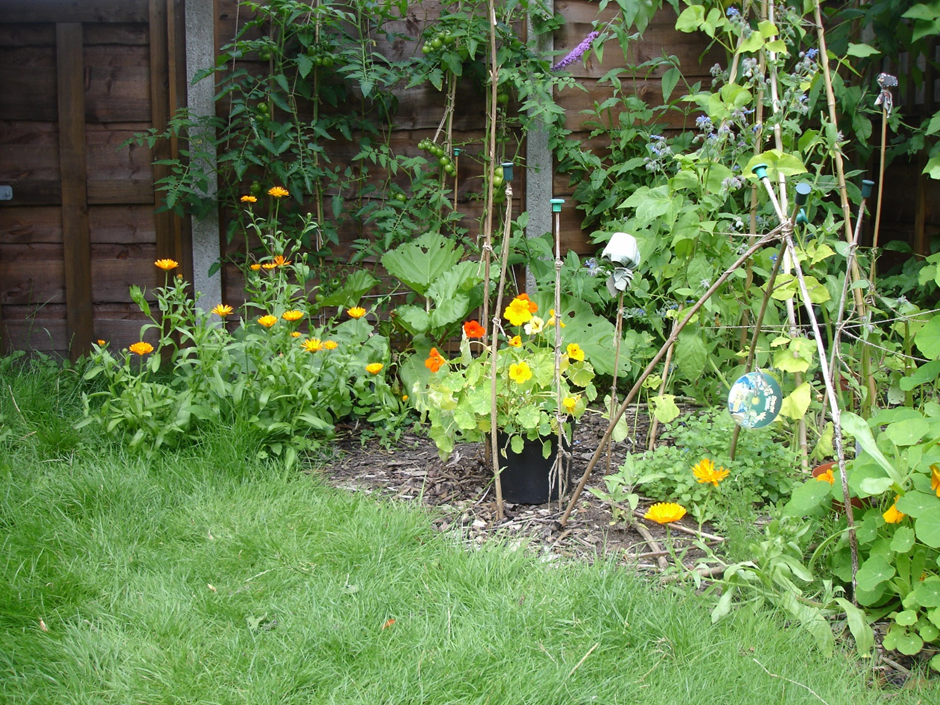By Alec and Sheila Bayliss on behalf of SLH
Most people think gardening is just for enjoyment – and it is fun – but gardening is also a way to be more sustainable. By planting flowers, fruit trees, veg and other plants, you are locking up carbon without even realising it. This occurs because during photosynthesis, plants take in carbon dioxide and then convert it into glucose, which helps them grow. Here are a few ideas to make your garden a little more sustainable:
Use peat-free compost
The peat in compost is taken from from peatlands. These peatlands store twice as much carbon as the world’s forests. But when peat is removed for use in compost, this releases the stored carbon into the atmosphere. So to keep your carbon footprint lower, try to use peat-free compost.
Make your own compost
Instead of buying plastic-wrapped bags of compost, try learning how to make your own by recycling garden and kitchen waste like kitchen peelings or grass clippings for nitrogen-rich ‘greens’, and carbon-rich ‘browns’ like torn-up paper or cardboard. (This tip also cuts down on cost because you don’t have to buy all that compost!).
Grow your own food
You can reduce your carbon footprint – and save money – by growing your own food instead of buying produce from other areas, even inside the UK, which results in carbon emissions from transport.
Plant shrubs or trees
While all plants capture carbon, shrubs and trees are even better because of their woody stems. So do consider planting a tree – or if your garden is a bit smaller – perhaps a shrub.
Do more things by hand
Instead of using power tools like strimmers that contribute to carbon emissions, try to use some hand tools like edge-trimmers. It may take more time, but it is much more climate-friendly!
Hopefully you will find one or two of these tips helpful and enjoy gardening while cutting carbon in the process.

